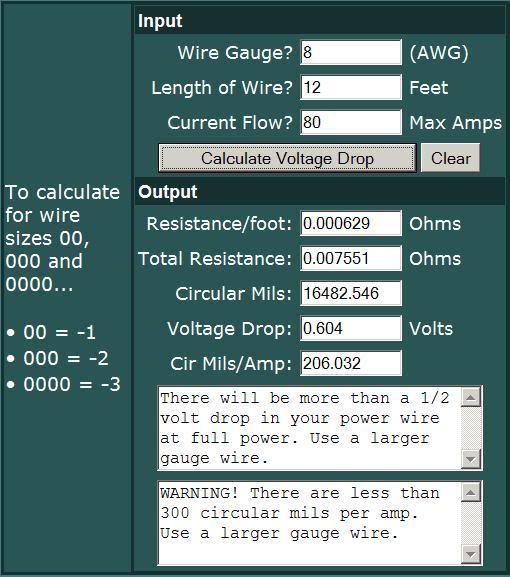I certainly agree with your points. I'm looking to go with #2 or #4 wire due to the additional length. This definitely helps reduce voltage drop, and will allow me to piggyback on that same charging wire to run power back to the cab from the aux battery to run the stereo, sub, CB, mini fridge, etc.... I guess I see the smaller 80 amp fuse preventing the alternator from being overloaded, but it's probably overkill.
I actually used the bcae1 wire site to aid me in my battery system design. That is an excellent quick reference guide to building electrical systems.
Where did you pick up this tidbit of information? Mike from HR seems like a great source of info for this system, but their website is a bit muddled. 60A still seems like alot to charge a battery but if there is some chart or reference for this, I'd like to see it!
Switch- I checked out your dual battery system on ttora.
http://www.ttora.com/forum/showthread.php?t=67738
Now, you mention that the HR isolator is the incorrect isolator and should be the 95150, and not the 95300. The isolator in the photo looks like a 95300. Do you mean this is the incorrect isolator for your application? From what I read, your setup uses the second battery as a backup ONLY- not aux. Seems to me that the 95300 would be perfect for this setup. Pardon my misunderstanding regarding this, and thanks in advance for the clarification!
I really appreciate everyone's feedback here. This is probably the millionth post regarding dual battery setups so your patience has been much appreciated. I'll definitely take pictures when the setup is complete. It's always fun to compare notes.

